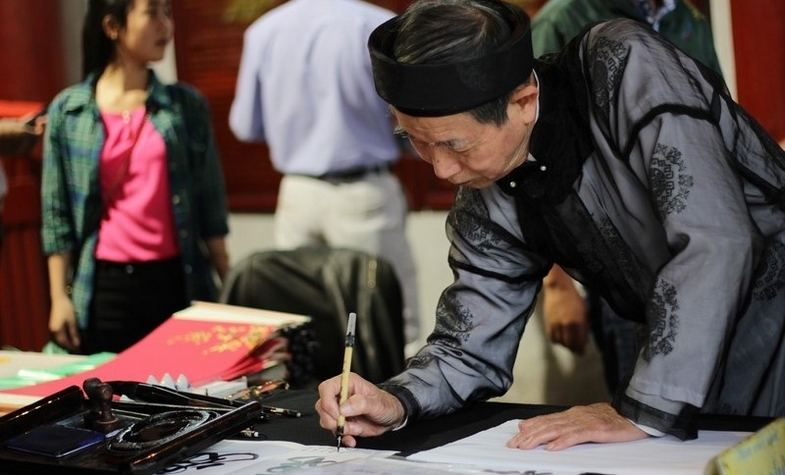Vietnamese is a branch of the Austro-Asiatic linguistic family and is the national and official language of Vietnam. It is the first language of nearly 90% of Vietnam's population, and about three million overseas Vietnamese. Vietnamese is also used as a second language by many ethnic minorities in Vietnam.
As the official national language, Vietnamese is spoken throughout Vietnam by the Vietnamese people, as well as by ethnic minorities. It is also spoken in overseas Vietnamese communities
Currently, the written Vietnamese language is based on the Latin alphabet. It was codified in the 17th century by a French Jesuit missionary named Alexandre de Rhodes, based on works of earlier Portuguese missionaries.
For most of its history, the entity now known as Vietnam used classical written Chinese. In the 13th century, however, the country invented its writing system, called Chu Nom, making use of Chinese characters with phonetic elements to better suit the tones associated with the Vietnamese language. Chu Nom was proven to be much more efficient than classical Chinese characters and was extensively used in the 17th and 18th centuries for poetry and literature.

Vietnamese has six tones with one flat tone (no mark) and other 5 diacritic marks including:
ngang 'level' mid-level (no mark) ma 'ghost'
huyền 'hanging' low falling (often breathy) ` (grave accent) mà
sắc 'sharp' high rising ´ (acute accent) má 'cheek, mother
hỏi 'asking' mid-dipping-rising ̉ (hook) mả 'tomb, grave'
ngã 'tumbling' high breaking-rising ˜ (tilde) mã 'horse (Sino-Vietnamese),
nặng 'heavy' low falling constricted (short length) ̣ (dot below) mạ 'rice seedling'
The tone is indicated by written above or below the vowel.
Vietnamese has traditionally been divided into three dialect regions: North, Central, and South. These dialect regions differ mostly in their sound systems, and sometimes also in vocabulary and grammar. The North-central and Central regional varieties, which have a significant amount of vocabulary differences, are generally less mutually intelligible to Northern and Southern speakers. There is less internal variation within the Southern region than the other regions due to its relatively late settlement by Vietnamese speakers (around the end of the 15th century). The North-central region is particularly conservative. Along with the coastal areas, regional variation has been neutralized to a certain extent, while more mountainous regions preserve more variation. As for sociolinguistic attitudes, the North-central varieties are often felt to be "peculiar" or "difficult to understand" by speakers of other dialects.
Vietnamese, like many languages in Southeast Asia, is an analytic language. Vietnamese does not use morphological marking of case, gender, number or. Also like other languages in the region, Vietnamese syntax conforms to subject-verb-object word order, is head-initial, and has a noun classifier system. Additionally, it is pro-drop and allows verb serialization.

